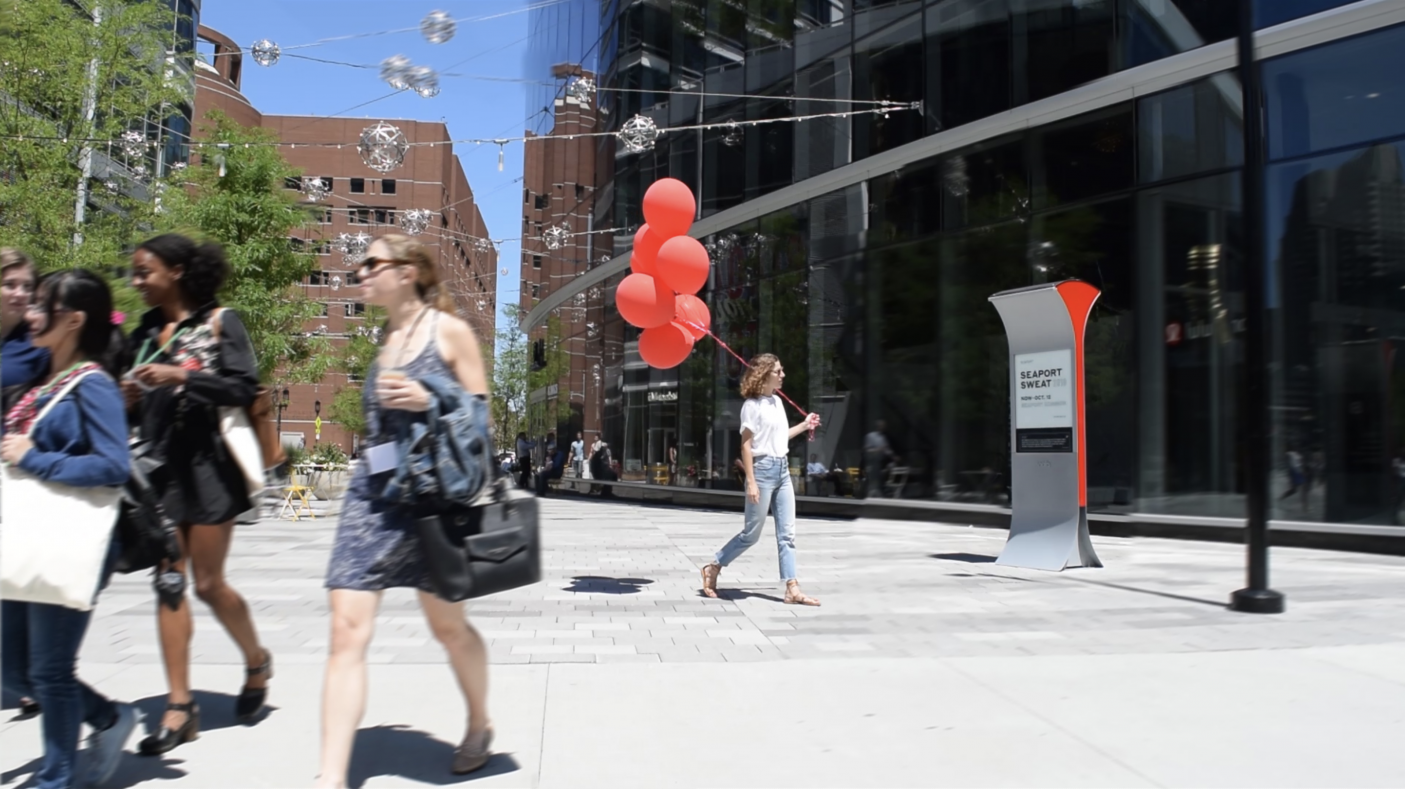Technology
A broad category of content focused on technology in cities.
Examples: IoT, privacy, software, hardware, innovation, connectivity
5 Reasons EVs Alone Aren’t Enough to Address Climate Change
For all the promise of electric vehicles, we can’t lose sight of one simple fact: The environmental burden of transportation in the United States isn’t a vehicle problem, it’s a problem with our transportation system as a whole. Simply swapping out internal combustion engines for electric motors won’t be enough to meet that challenge.
The Humanability of Smart Cities
Lighting infrastructure is a perfect example of futureproofing. As cities are swapping out traditional high-pressure sodium street lights with energy-efficient LEDs and smart nodes that can remotely monitor and control the lights, don’t just be thinking about a smart lighting solution. Think about the position those streetlights are in to support so much more, like intersection safety analytics, parking optimization, and gunshot detection.
3 Key Strategies for Successful Civic Engagement Using Technology
The idea of multi-channel civic engagement and the role of the grassroots community marketer is being implemented by forward-thinking smart city leaders who understand the importance—and economic benefits—of giving their constituents a voice. More investments are being made into digital systems that reach and engage the public.
Cities Need Forecasted Data to Make Impactful Emissions Reductions
From an energy type standpoint, a city’s electric utility can make a big difference regarding which actions cities should undertake. For instance, a city in the service territory of an electric utility with ambitious plans to decarbonize its generation mix may want to focus greater attention on future emissions scenarios versus current emissions when making decisions on priorities. This would mean focusing actions on transportation, space heating, and industrial processes, since those would likely be greater contributors to emissions (vs. electricity) in such a future scenario.
How Lyon is Testing the Self Data Concept to Empower Citizens
Because curated data have definitely become a currency, private data – characterized as establishing relations or transactions between persons/actors – gives the power back to the user when it is retrieved through a self-data mechanism.
Better Urban Living Through Parking Solutions
Cities and private parking owners can use parking analytics to create policies and rates, adapting them to changing conditions or shifts in demand. Parking analytics help managers better understand pricing and maximize revenue in different parts of the city. This can also be adjusted for special events or if new businesses move into a location.
Government Transparency is Key to Valuable Community Partnerships
The Sunlight Foundation is investigating how open data can inspire community action around issues that matter to residents.
How to innovate in Smart Cities with AI
I envision a blended “future of work” that includes automation and augmentation — with the latter in the form of “decision support” tools that speed up and improve human performance, rather than compete with it. Computers are good at computing, surfacing potential decisions – and humans are good at context, or understanding the situational environment. When these two attributes are combined, it results in good judgement.
10 Objectives for Assessing Mobility as a Service (MaaS)
MaaS has a lot to offer to public transit and it’s time to take a closer look at those benefits. Contrary to a common misconception, integration of third-party transit services into the wider public mobility offering doesn’t hurt transit, it actually encourages wider use of public transit, maintaining and even actively increasing ridership. Alternative transit services can address first/last mile problems as well as serve routes that are typically very costly and require a high level of government subsidy (e.g. paratransit), not only increasing revenues for transit agencies but also helping to direct funding and investment back to core transit services.
Finding Municipal Partners for Emerging Tech: Stratford, Ontario, Ready to Experiment
After years of laying the proverbial groundwork with a fibre network, citywide Wi-Fi mesh network, four-acre Connected and Autonomous Vehicle (CAV) test facility and Dedicated Short Range Communications (DSRC) rollout, Stratford, Ontario, is a small city with plans to stay on the forefront with 5G upgrades and public-private partnerships.
Operational Intelligence and Digital Twins for Smart City Planning
The expansion of Barcelona in recent years led the Council to make the decision to abolish the highway around Glories and rebuild the area in order to make space for more housing and services. The project has been delayed by 19 months, meaning extra time and money (millions of euros) going into construction time and widespread citizen dissatisfaction with the ongoing roadworks and construction eyesore. With a technology like OI, this project may have stood a better chance at being finished on time and under-budget.
Technology Implementation Guides for Smarter Cities
SCIRA defines interoperability requirements based on a system-of-systems approach for information technology in smart city deployments, meaning that municipalities are able to build up smart cities little by little, project by project, safe in the knowledge that future expansions will work with, build upon, and gain value from the systems that they’re implementing today.
The SCIRA Deployment Guides aim to provide plain-language guidance on implementing the architecture, and will address a range of smart city functional areas, such as transportation and connectivity. Crucially, the guides will come in different forms for the different audiences relevant to smart city capability development, including City Managers, City IT Managers, City innovators, DevOps Facilitators, and commercial providers.












